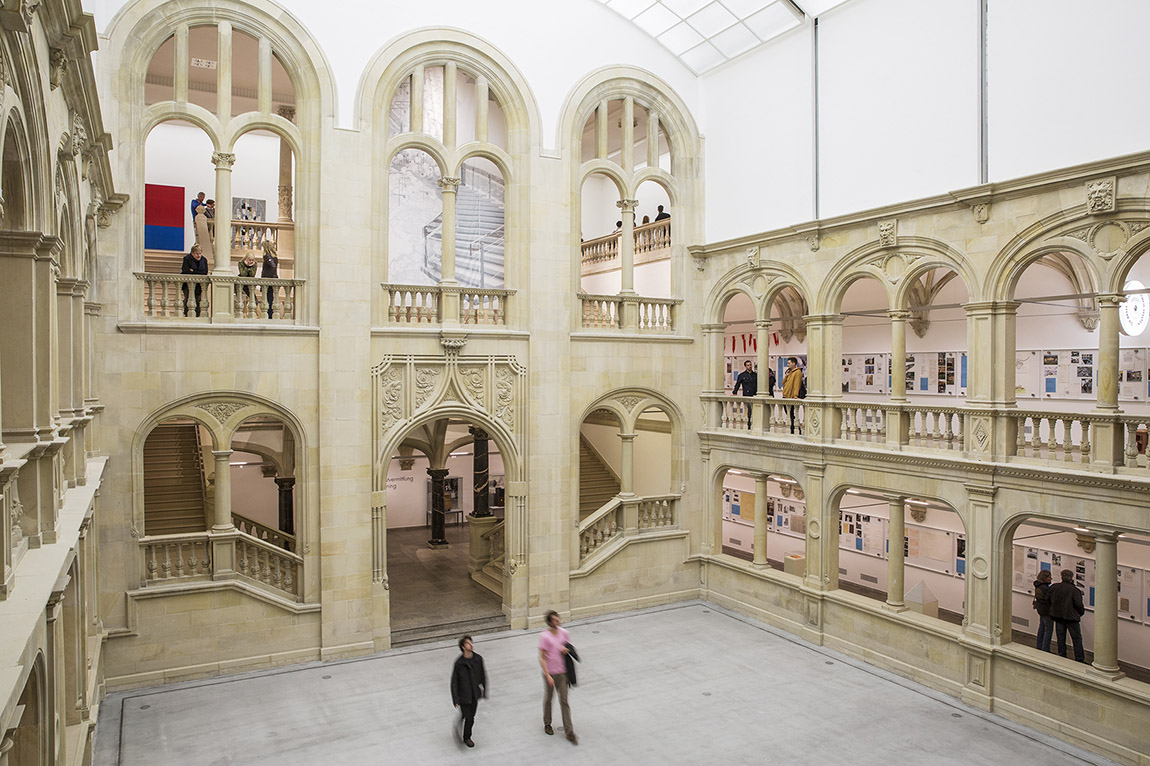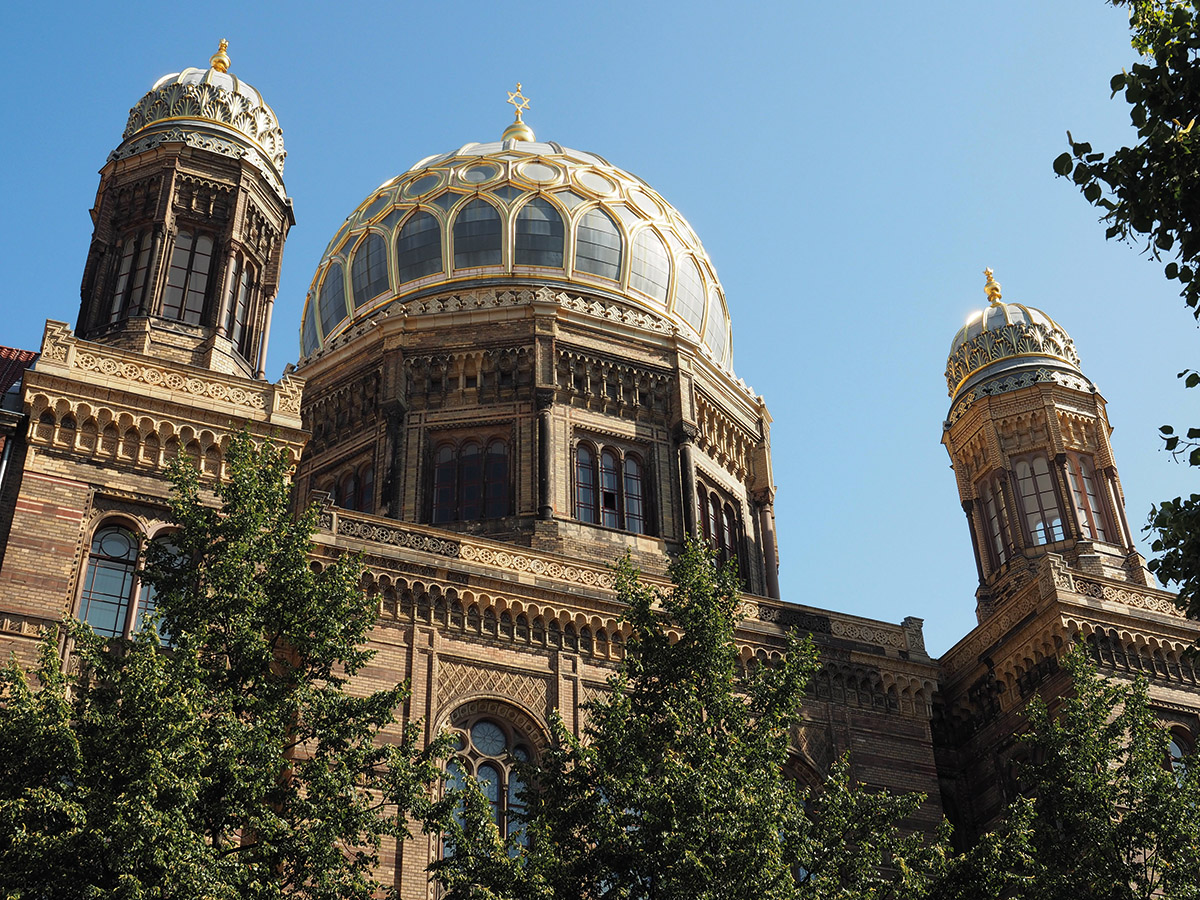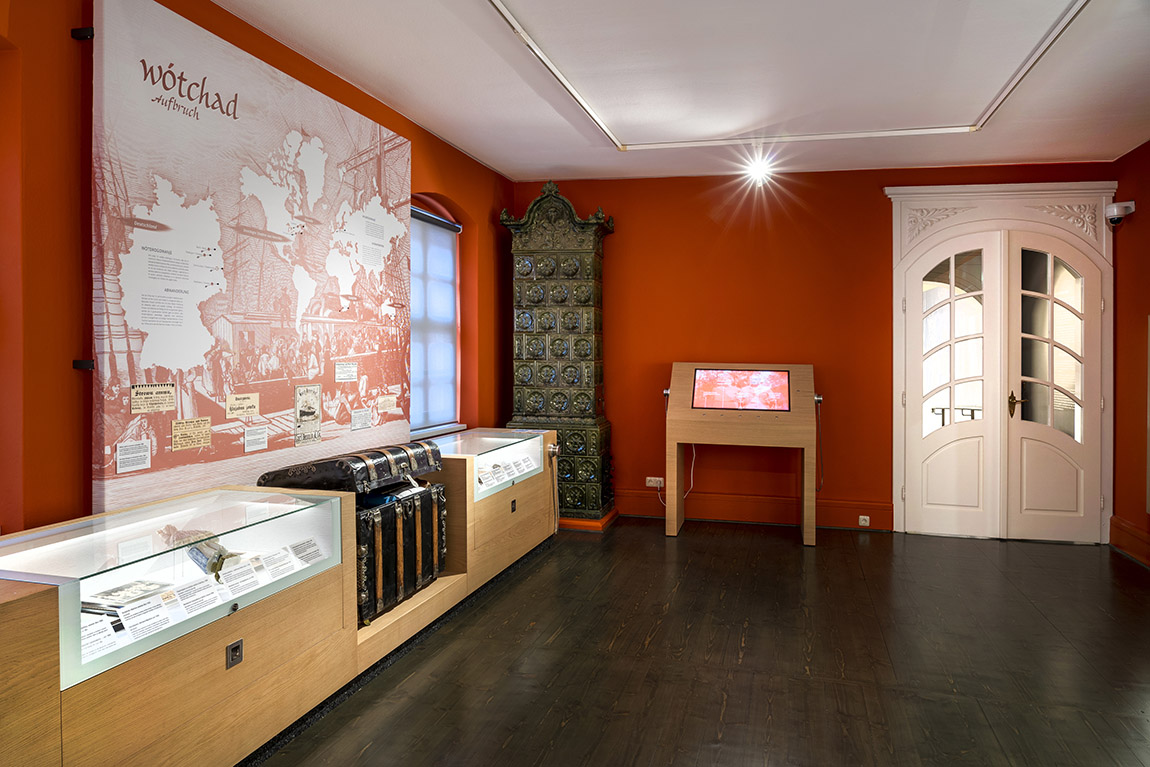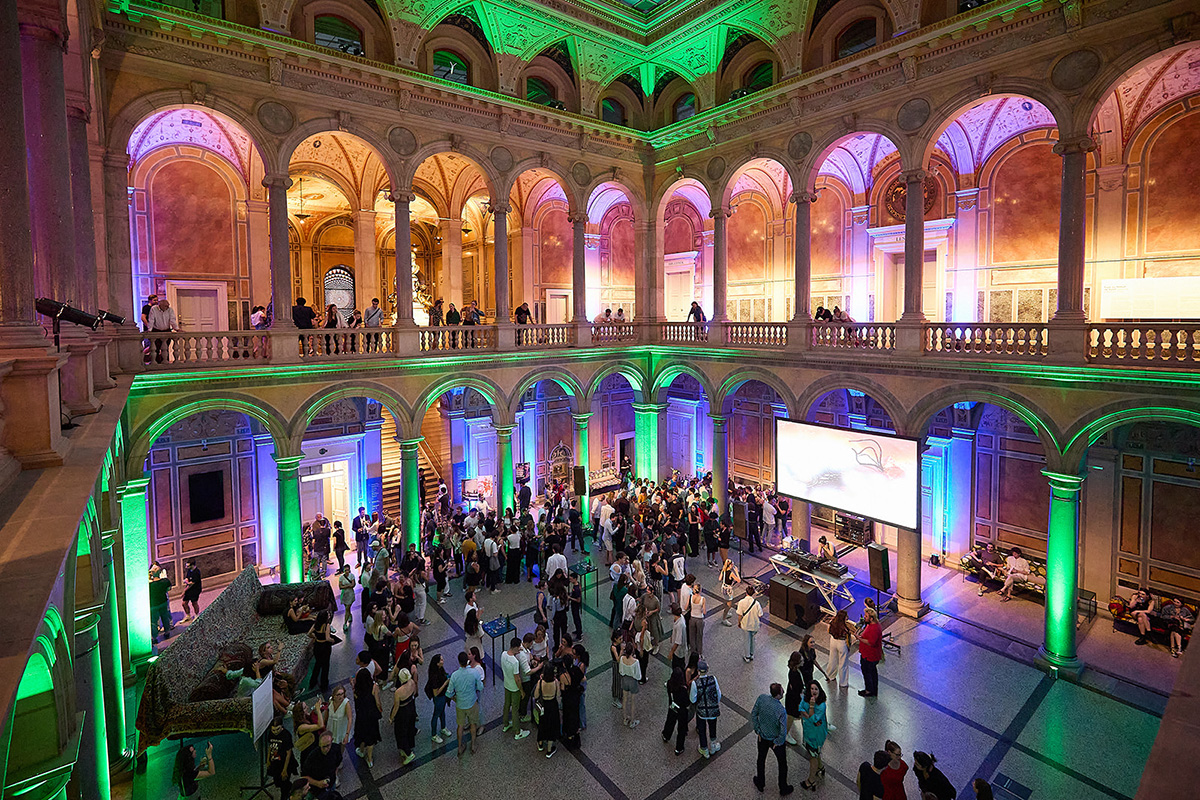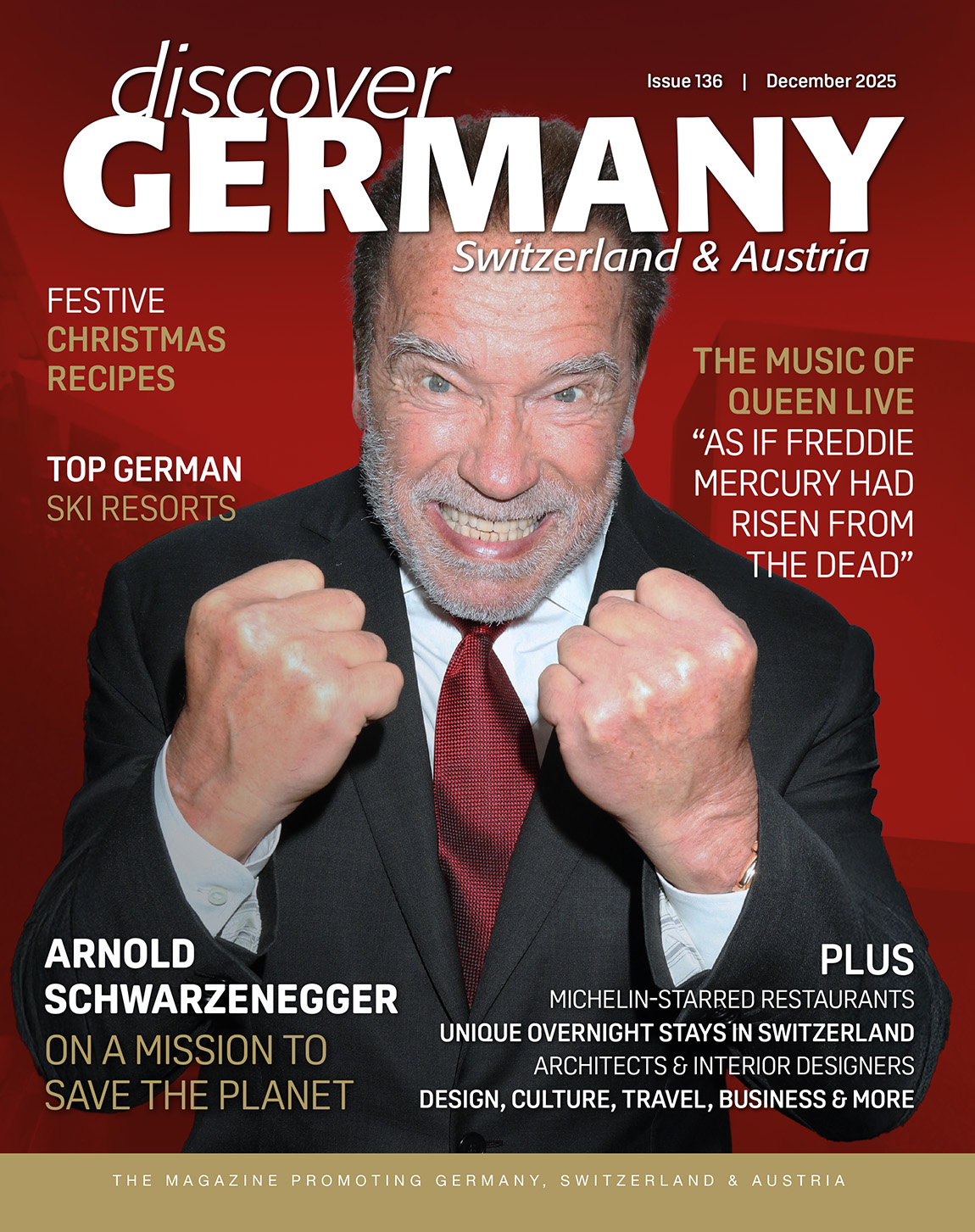The Documentation Centre for Displacement, Expulsion, Reconciliation in Berlin: More important than ever!
TEXT: SILKE HENKELE | PHOTOS: © STIFTUNG FLUCHT, VERTREIBUNG, VERSÖHNUNG/THOMAS BRUNS
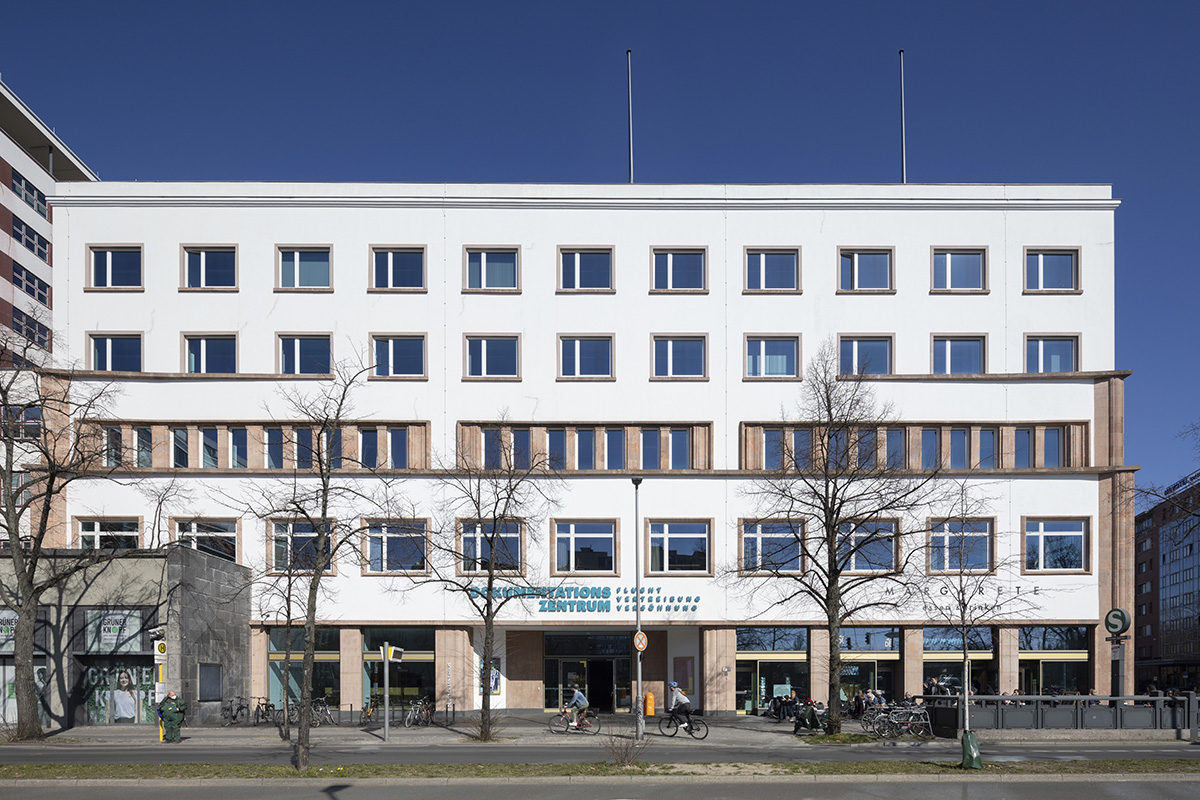
Exterior and the listed front of the Documentation Centre for Displacement, Expulsion, Reconciliation.
In light of recent events, the topic is more relevant than ever: The Documentation Centre for Displacement, Expulsion, Reconciliation in Berlin is dedicated to the subject of forced migration in the past and present. It impressively demonstrates the impact that events such as wars or other armed conflicts have on people.
Almost every day we hear about new, old or smouldering conflicts – conflicts that have far-reaching consequences for the people living in the affected regions. “In wars and armed conflicts in particular, people have to flee or are displaced. Far from home, they have to build a new life for themselves, often under difficult circumstances,” says Dr Gundula Bavendamm, Director of the Documentation Centre for Displacement, Expulsion, Reconciliation.
Against this background, the Documentation Centre addresses questions such as: What are the causes of this painful experience, which is still experienced by millions of people today? What does forced migration mean for those affected? Why are women, children and the elderly particularly affected?
The exhibition presents a European history of forced migration from the 20th century to the present. It focuses on the displacement and expulsion of around 14 million Germans in the historical context of the Second World War and National Socialist policies.
What does that mean exactly? “The Documentation Centre is about the displacement and expulsion of Germans, but also about the many other people who experienced forced migration and still do today,” explains the director.
“In the spirit of reconciliation, we are closing a gap in the German culture of remembrance. We say: Expulsions are an injustice and we name the perpetrators of the suffering. Our sympathy goes out to all refugees and displaced persons. Historical and political phenomena are explained in a factual and academically sound manner. In this way, we counteract polarisation, but also relativisation – approaches that are urgently needed today.”
The topics of displacement and expulsion are presented on two floors and in changing temporary exhibitions. The causes, phenomena and consequences of forced migrations are explored through numerous case studies from the 20th century to the present. Visitors get to know the Germans both as perpetrators and as victims of expulsions. Films, photos and several hundred authentic exhibits illustrate the experiences of refugees and displaced persons en route and upon their arrival at their destination.
Those who wish to delve deeper into the subject can research in the library and in the testimony archive of contemporary witnesses. Guided tours, workshops and events at the Documentation Centre provide a deeper understanding of this highly topical subject.
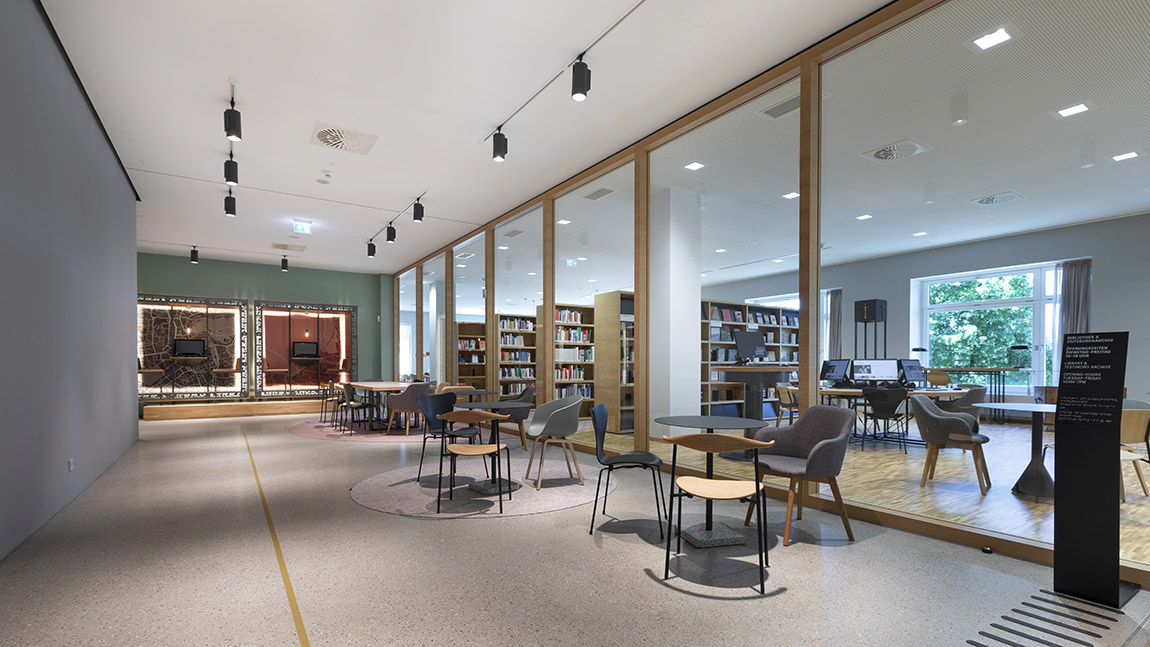
Library and testimony archive in the Documentation Centre for Displacement, Expulsion, Reconciliation.
Wichtiger denn je!
Vor dem Hintergrund der jüngsten weltpolitischen Ereignisse ist das Thema aktueller denn je: Das Dokumentationszentrum Flucht, Vertreibung, Versöhnung in Berlin widmet sich dem Thema der Zwangsmigrationen in Geschichte und Gegenwart. Es zeigt eindrucksvoll, welchen Einfluss Ereignisse wie Kriege oder andere bewaffnete Konflikte auf Menschen haben.
Fast täglich hören wir in den Nachrichten von neuen, alten oder schwelenden Konflikten – Konflikte, die nicht zuletzt weitreichende Auswirkungen auf die Menschen haben, die in den betroffenen Regionen leben. Denn: „Vor allem in Kriegen und bewaffneten Konflikten müssen Menschen fliehen oder werden vertrieben. Fern ihrer Heimat bauen sie unter meist widrigen Umständen ein neues Leben auf”, so die Dr. Gundula Bavendamm, Direktorin des Dokumentationszentrums Flucht, Vertreibung, Versöhnung.
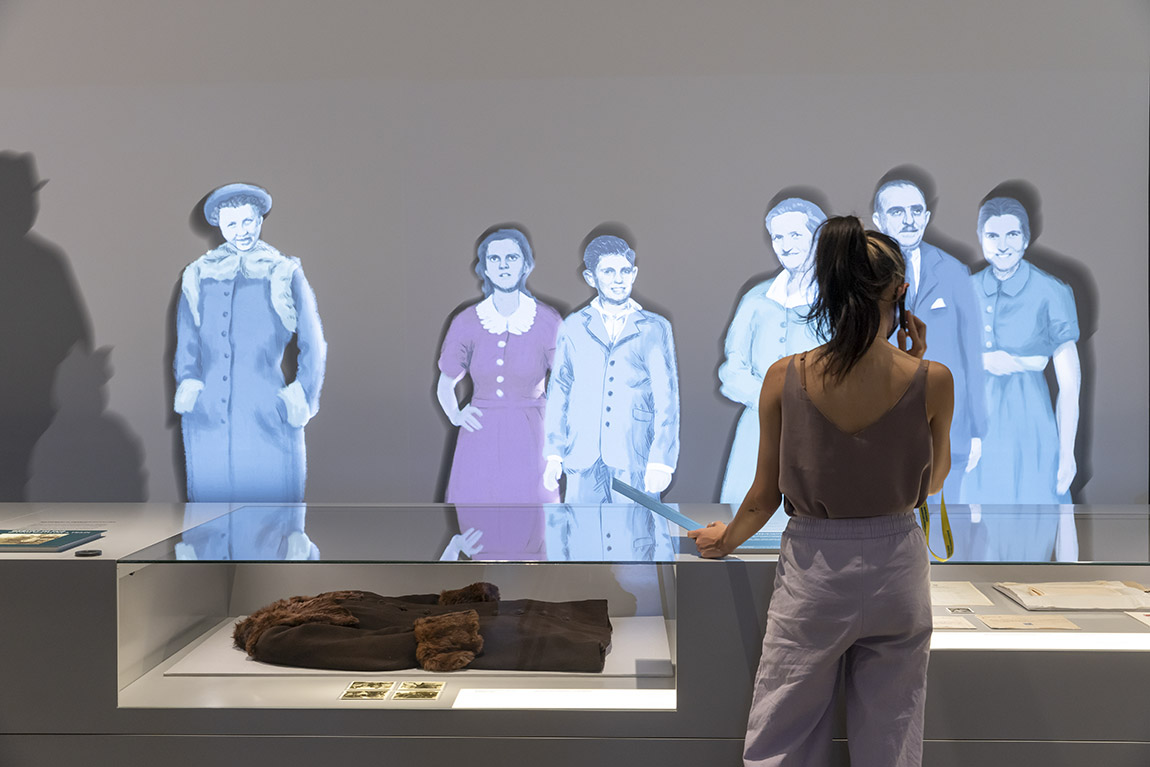
Ansicht der Ständigen Ausstellung im Dokumentationszentrum Flucht, Vertreibung, Versöhnung.
Vor diesem Hintergrund widmet sich das Dokumentationszentrum Fragen wie Was sind die Ursachen dieser leidvollen, bis heute millionenfachen Erfahrung? Was bedeutet Zwangsmigration für die Betroffenen? Warum sind besonders Frauen, Kinder und alte Menschen betroffen?
Die Ausstellung schildert eine europäische Geschichte der Zwangsmigrationen vom 20. Jahrhundert bis in die Gegenwart. Im Mittelpunkt stehen Flucht und Vertreibung von rund 14 Millionen Deutschen im historischen Kontext des Zweiten Weltkriegs und der nationalsozialistischen Politik.
Was bedeutet das genau? „Im Dokumentationszentrum geht es um Flucht und Vertreibung der Deutschen, aber auch um die vielen anderen Menschen, die Zwangsmigration erleben mussten und bis heute erleben”, erklärt die Direktorin.
„Im Geist der Versöhnung schließen wir damit eine Lücke in der deutschen Erinnerungskultur. Wir sagen: Vertreibungen sind ein Unrecht und benennen die Verursacher des Leids. Unser Mitgefühl gilt allen Flüchtlingen und Vertriebenen. Historische und politische Phänomene werden sachlich und wissenschaftlich fundiert erklärt. Damit wirken wir Polarisierungen, aber auch Relativierungen entgegen – Ansätze, die gerade in der heutigen Zeit dringend notwendig sind.“
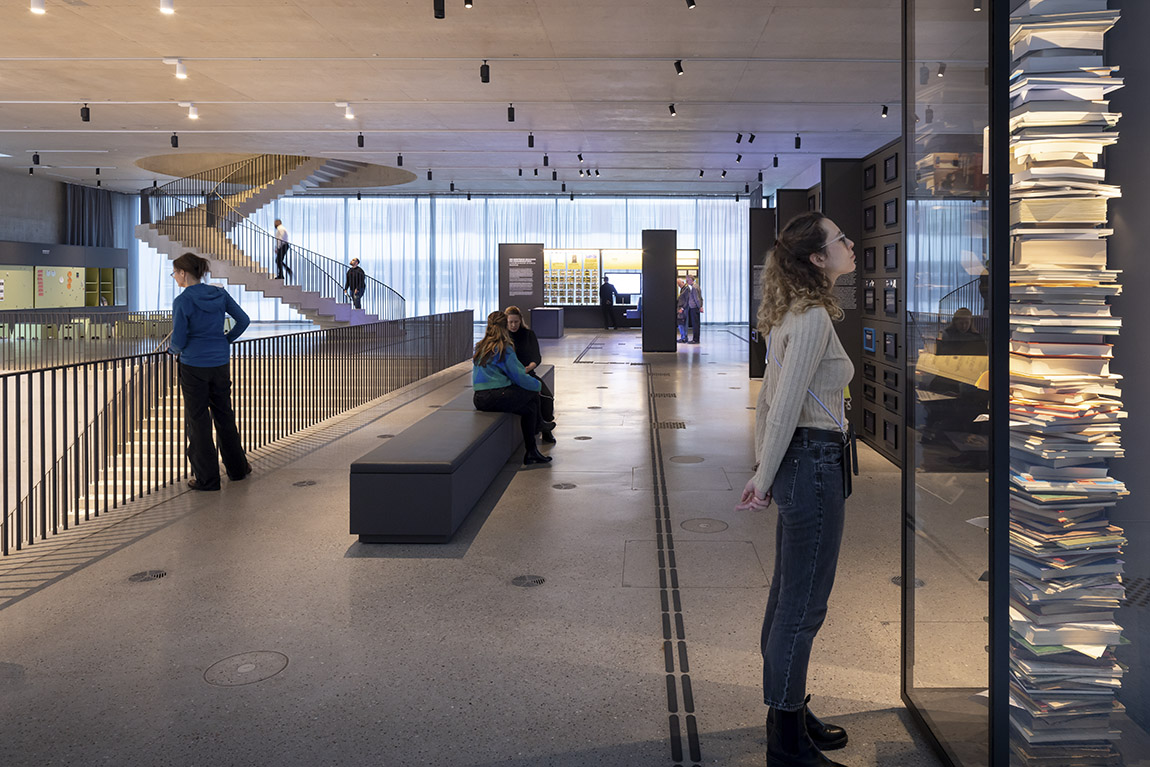
Ansicht der Ständigen Ausstellung im Dokumentationszentrum Flucht, Vertreibung, Versöhnung.
Auf zwei Etagen und in wechselnden Sonderausstellungen werden die Themen Flucht und Vertreibung präsentiert. Anhand zahlreicher Beispiele aus dem 20. Jahrhundert bis in die Gegenwart werden Ursachen, Phänomene und Folgen von Zwangsmigrationen thematisiert. Das Publikum lernt die Deutschen zum einen als Verursacher, aber auch als Betroffene von Vertreibungen kennen. Filme, Bilder und mehrere hundert authentische Exponate veranschaulichen die Erfahrungen von Flüchtlingen und Vertriebenen auf der Flucht, aber auch bei der Ankunft am neuen Ort.
Wer sich noch intensiver mit den Themen beschäftigen möchte, der hat in der Bibliothek und im Zeitzeugenarchiv die Möglichkeit zur Recherche. Abwechslungsreiche Führungen, Workshops und Veranstaltungen im Dokumentationszentrum vertiefen das hochaktuelle Thema.
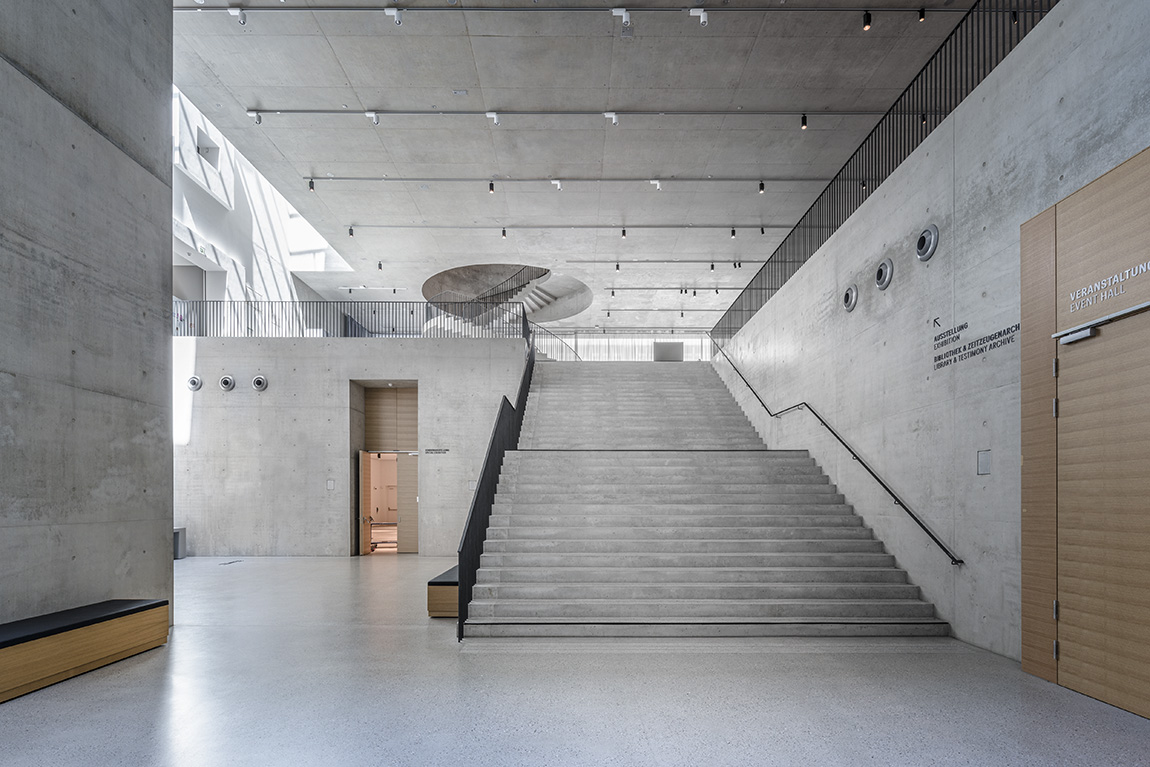
Moderne Architektur: Neubau des Dokumentationszentrums Flucht, Vertreibung, Versöhnung.
Web : www.flucht-vertreibung-versoehnung.de
Subscribe to Our Newsletter
Receive our monthly newsletter by email

